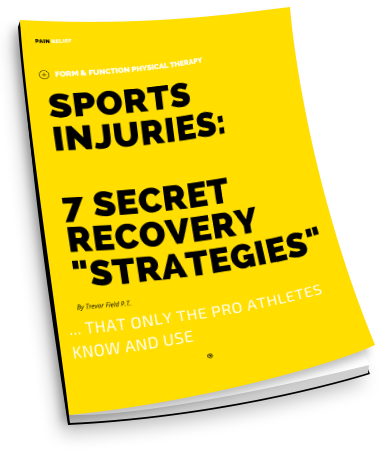Most people acknowledge that stretching is a good thing, and that they don’t do it nearly enough, but stretching can cause as many problems as it can help. The following tips can help eliminate some of the potential pitfalls when stretching.
Warm-up before you stretch
The risk of injury is higher when stretching tissues that haven’t been warmed up.
A pre-stretch warm up has many benefits, but primarily its purpose is to prepare the tissue for the stress you are about to apply to it. It achieves this is by increasing core body temperature as well as the body’s muscle temperature. By increasing muscle temperature you are increasing muscle pliability. This is critical to gain the maximum benefit from the stretch.
An additional benefit of a warm up is increased heart rate and respiratory rate. This increases blood flow, thereby increasing the delivery of oxygen and nutrients to the tissues, aiding the stretch.
Stretch to the point of tension
The biggest mistake you can make when stretching is pushing past the point of pain.
When you do, your body’s response is to protect itself with the stretch reflex. The ‘stretch reflex’ will contract the muscle you are trying to stretch in order to prevent tear or injury. By preventing further lengthening of the muscle you are defeating the purpose of the stretch.
So to avoid the ‘stretch reflex’, you should avoid pain. By doing this you can enjoy the benefits of the stretch without the risk of injury.
@formfunctionptBet you forgot about this major benefit to stretching 🙆♂️ Great News! We still have spots open in our Assisted Stretching Program. Read more about it on our website! Link in bio 🔗♬ original sound – Form & Function PT
Breathe!
Many people unknowingly hold their breath when they stretch. The result is increased tension in your muscles, making it more difficult to stretch.
Just breathe slowly and deeply in through the nose and out through the mouth. This will relax your muscles, making it easier to stretch, and improve oxygen delivery to the tissues.
When and what type of stretches should be done
There is some debate about the most appropriate time to stretch and what type of stretching is best. We have covered that it should happen after the tissues have been warmed up, but even more important, the wrong type of stretch could make you vulnerable to injury.
Stretching before exercise is essential in helping prevent injury, but static stretching (as little as 30 seconds), decreases force production (strength), delays reaction time, and decrease balance. Yes, it reduces muscle and tendon stiffness, but that reduces the tissues ability to transmit forces. Lengthening muscles and tendons will increase your range of motion, but right after stretching there is limited control of that newly gained range of motion (loss of proprioception).
So the best pre-exercise stretch would be a dynamic quick stretch to the tissues after a warm up. After exercise, static stretching should be employed to correct the tight muscle groups that will affect performance, or cause a muscle imbalance. They are also done to aide in the recovery process of the muscles and connective tissues. Stretching helps to prevent tight muscles and delayed onset muscle soreness(DOMS), frequently associated with strenuous exercise.
Stretch both side of the joint
Every muscle in the body has an opposing muscle that acts against it. For example, the muscles in the front of the leg, (the quadriceps) are opposed by the muscles in the back of the leg, (the hamstrings). These two groups of muscles provide a resistance to each other to balance the body. If one of these groups of muscles becomes stronger or more flexible than the opposing group, it is likely to lead to imbalances that can result in injury or postural problems. Any imbalance puts a great deal of pressure on these tissues and can result in a muscle tear.
These are merely general basics of stretching. Look for future articles that outline the proper components of the warm-up, and dynamic stretching activities.
And if you need your flexibility tested, or would like us to check if you have any muscle imbalances Schedule an Appointment NOW!
Don’t live near our clinic? No problem. Try our Virtual PT appointment! Learn more about virtual sessions HERE
Check out our latest episode of the Stay in the Game Podcast!
Powered by RedCircle
If you found this article helpful, you might like:
The Importance of Stretching




